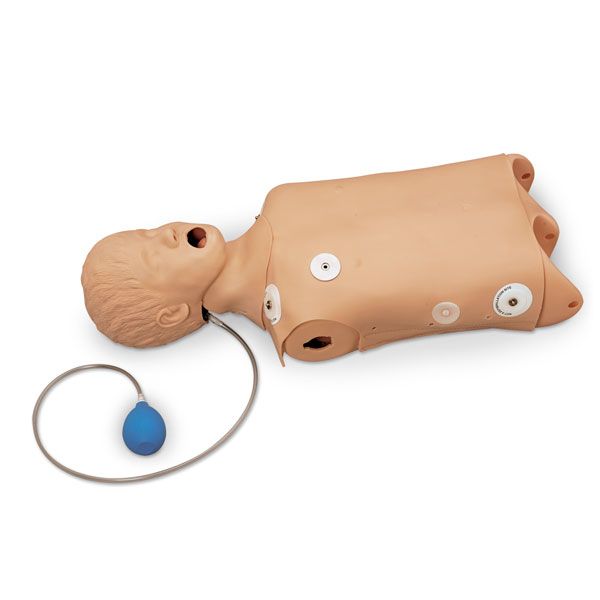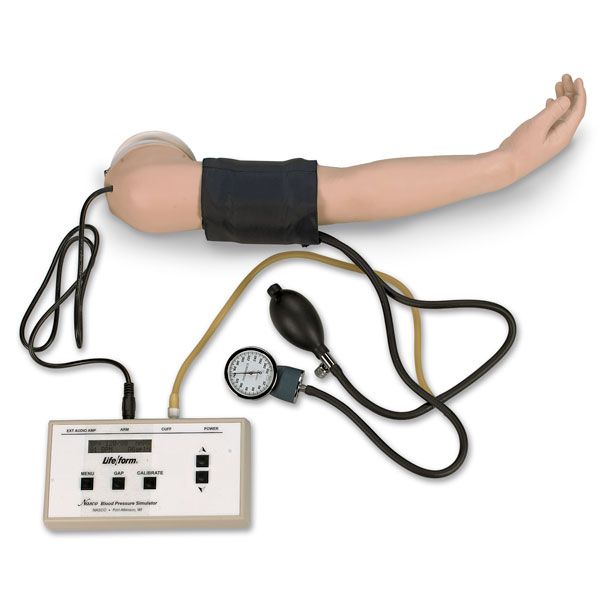This course is designed to behave as a bridge between the non-clinical and scientific years of medical college, linking patient symptoms, examination findings, and administration plans to college students' fundamental science data of anatomy, pathophysiology, and pharmacology. By linking these diagnoses to a typical symptom—such as shortness of breath—students are able to examine and distinction their patient's story and physical examination findings to the sufferers they have seen in prior sessions. This reinforces the critical examination findings, how these are defined by the pathophysiology of their disease course of, and differences in administration. Through this longitudinal expertise, learners start to construct 'sickness scripts', problem representations that help clinicians organize their information of various disease processes into framework that enhances diagnostic reasoning.
Therefore the ACGME and evaluate committee for Emergency Medicine (RC-EM) has accepted that rare procedures corresponding to pericardiocentesis or cricothyrotomy could additionally be performed, with proficiency attained via simulation. It has additionally been decided that a portion of more frequent however nonetheless much less common procedures may be achieved via simulation. Each resident attends obligatory sessions held in the simulation and skills middle. These sessions embody procedure-based coaching of skills that are needed within the emergency room. These hands on sessions are mentored by experienced emergency room workers, assuring prime notch training in procedures similar to central venous line insertion, tracheal intubation, chest tube insertion and emergency cricothyroidotomy. In parallel with the advances in pc science, it is clear that a speedy development of simulation coaching techniques is expected.

The rapid recognition and therapy of sufferers suffering ST-elevated myocardial infarction is extremely necessary for this time-critical situation. The use of pre-hospital EKGs and identification of STEMIs previous to arrival has worked to decrease the door-to-balloon time . In contrast, sufferers arriving to the ED in personal autos can have elevated D2B occasions. Efforts are being put forth to repeat and practice such situations to help decrease the D2B times. This exercise coincided with the location go to from the Society for Chest Pain Centers which resulted in OHSU garnering accreditation as a Chest Pain Center.
Full Code challenges you to tackle complex clinical circumstances in a realistic 3D emergency room. Whether you're a medical pupil, resident, paramedic, nurse, PA or experienced doctor you'll benefit from the challenge of fixing Full Code instances. Our library consists of over a hundred and fifty scenarios with a mix of frequent occurrences, trauma instances, pediatric sufferers, life-threatening diseases and obscure ailments.
Fellows additionally participate in main team coaching sessionswith surgeons, Ob/Gyn residents, nurses, etc. And they help run large-scale disaster simulations in addition to in-situ simulations within the emergency division. This course introduces second 12 months medical college students to the thought of resuscitation, providing alternative to care for a crucial affected person. Key learning objectives embody the administration of postpartum hemorrhage, precipitous deliveries and breech shows.
Residents find out about issues related to cold weather exposure, high-altitude diseases, and other pathology. Our philosophy of simulation is that it's a crucial device to enhance patient care. As such, we make the most of simulation to constructively educate, and create a secure house to gain expertise in managing the critically sick and difficult patients. What makes Full Code different from traditional medical simulation, or other digital simulation solutions? With interactive circumstances that might be accomplished anyplace, anytime on any system, Full Code lets you follow extra simulations extra regularly utilizing the system you already personal, without the time and problem of scheduling in-person simulation trainings. AK CPR Depot - aed trainers designed and implemented the computer-based studying course beneath the guidance of LA.
The case will involve managing pediatric standing epilepticus and including escalating anti-epileptics, intubation, and handing over to pediatrics.

The Transition-to-Residency program is a competency-based “capstone” course for graduating medical college students at Weill Cornell. Its aim is to help graduating college students seamlessly transition from medical college to internship. TTR options student-centered experiential studying actions built-in longitudinally around interprofessional teamwork, communication, affected person care, resuscitation, cognitive, and procedural skills to empower college students as energetic brokers in their very own studying.
CPR Depot
340 Croft Dr, Tecumseh, ON N8N 2L9, Canada
+15199462222